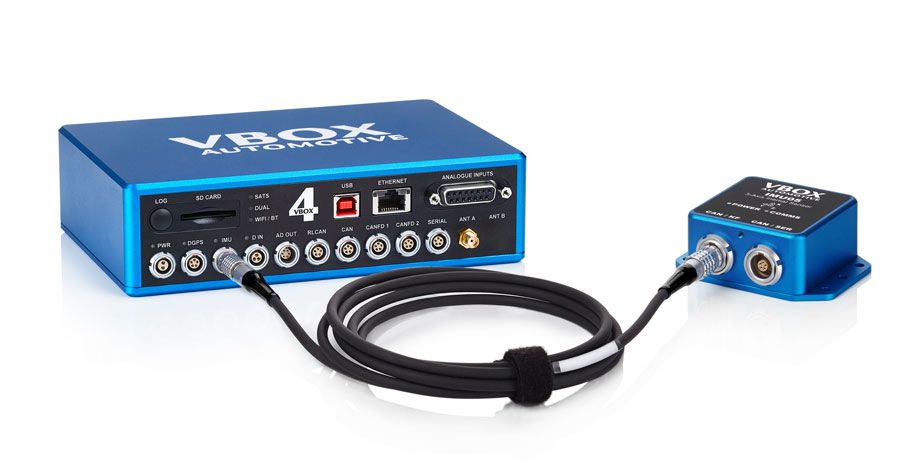Velocity
There is a common misconception that speed measured via GPS is done so as a function of position against time. If this were the case, GPS velocity would be just about unusable, because GPS position relies on precise measurements of the distance from the receiver to the satellite, and therefore suffers from numerous effects - such as atmospheric interference - which delays the signal.
Fortunately, velocity isn't measured like this: instead, the Doppler shift in the signals coming from the satellites is captured and this leads to an incredibly accurate measurement of speed.
The Doppler effect (for sound) is the increase (or decrease) in a sound wave frequency as the sound of an object moves away (or towards) an observer.
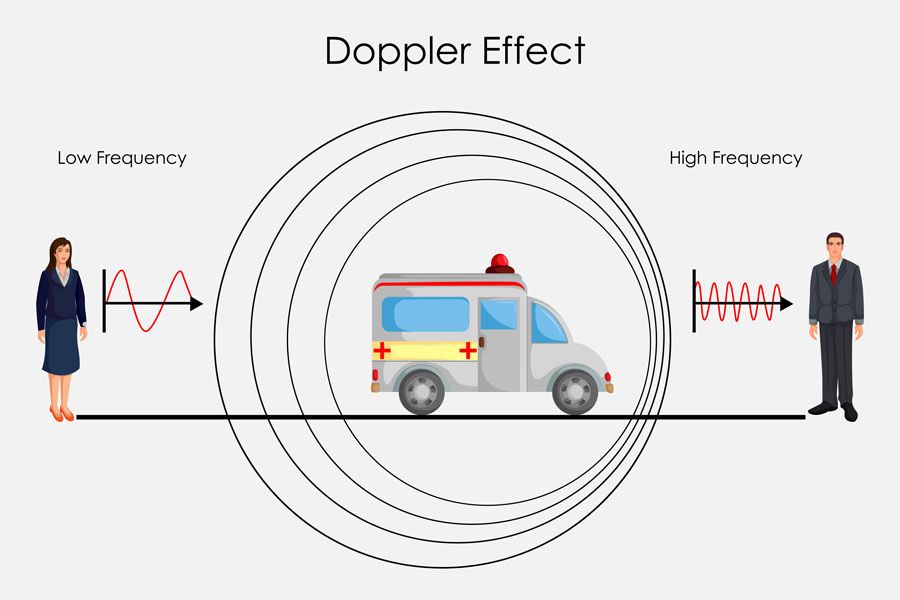
If you are tracking seven satellites, then this is like having seven police radar guns aimed at you: the measurement is made by taking them all into account.
Other crucial factors involved in producing useful velocity measurements for vehicle testing are sample rate, frequency response, latency and noise.
Sample Rate
The number of samples produced each second is of primary importance in vehicle testing. The most usual update rate for GPS is once a second, which is fine for navigation, but it is not much use if you are trying to measure speed, braking distance, acceleration, lap time or track position. The minimum for these sorts of tests is 5 Hz to see any level of detail, and 20 Hz is normally considered the minimum entry point for a decent GPS vehicle testing solution. The top end GPS systems can update 100 times a second, and these are suitable for specialised applications such as brake testing and high speed dynamic manoeuvres.
Latency
GPS latency is the time between the measurement of velocity, and when the VBOX reports this velocity. The latency is only important if you are measuring other parameters at the same time, or if you want to use the output of the GPS engine to control something.
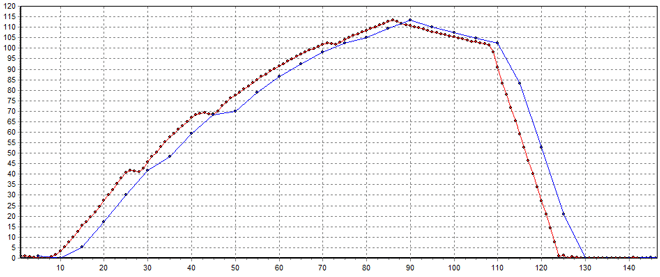
Noise
The faster you sample the velocity, the more noise will appear on the signal. There is a very careful balance between filtering the velocity to remove noise, and introducing a poor frequency response. By incorporating an IMU and Kalman filter, you get the best of both worlds, an improved frequency response with less noise.
VBOX 4 connected to an IMU05
Frequency Response
This is how fast the velocity measurement can react to a change in vehicle motion, for example, during the onset of an ABS assisted stop, the rate of change of acceleration (jerk rate) is very high, and to measure distance and speed accurately, the GPS has to be able to track these changes very accurately.
To show an example, here are three brake stops which were carried out using a low, medium and high frequency response setting on the GPS engine. The blue trace is the reference (IMU-corrected) vehicle speed, and the red trace is the GPS measured speed. You can see as the frequency response gets higher, the over/undershoot of the velocity gets smaller.

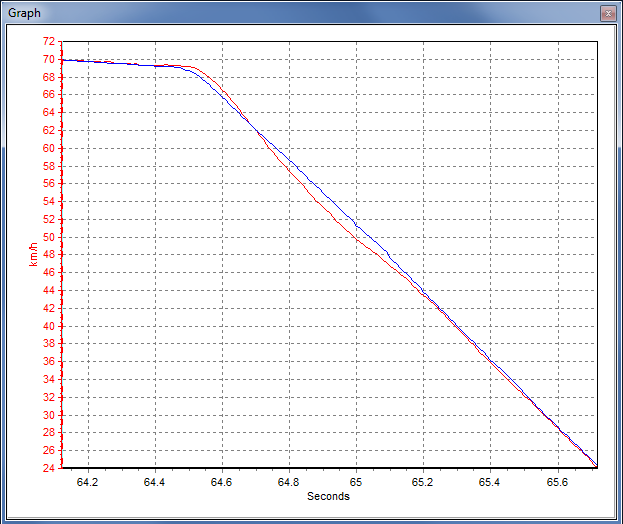

Commercially available GPS engines
The standard type of GPS engine used in sat nav devices and mobile phones is very small and very cheap. Coupled with a very simple and small antenna, these devices update their speed and position once a second and have an accuracy of around 3-5 m (95% CEP*). However, even at this low end of the market, the velocity is usually still fairly accurate at around 0.2-0.5 km/h. Whilst an update rate of once a second (1 Hz) is not enough for any kind of high speed vehicle analysis, we have optimized the settings in one of the best commercial grade receivers to output data at 10 Hz.
Survey Grade
Survey grade GPS engines use much higher quality components than commercial GPS engines, employ very powerful processors and use patented techniques to get higher positional accuracy and high speed updates. They are a lot larger than the commercially available GPS engines, and can cost up to 100 times more.
You may ask what is special about the GPS engines we use in our VBOX products? The answer is that we have not only selected the best GPS engines for different products, but we have also worked with the manufacturers of these GPS engines to optimize them for our particular requirements, so you can be sure that you are getting the very best performance that is available.
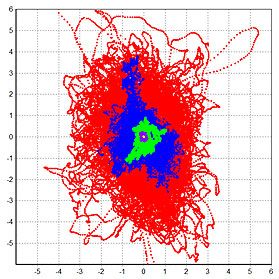
Distance
GPS satellites are equipped with an atomic clock, which ensures timing stability to less than one-millionth of a second. By integrating Doppler-derived speed with this level of time signal reliability, an extraordinarily accurate distance measurement is achieved.
There are a number of tests which we have carried out over the years to verify and improve our measurement algorithms for applications in vehicle testing.
One such test is to place two reflective strips on the road at a known distance apart. Using a laser sensor connected to the trigger input of a VBOX, the vehicle is then driven between these two points a number of times, and the distances compared. In such tests, the VBOX 4 will always be within 3 cm in 1000 m, which is about the same as the measurement uncertainty due to the slight deviation of the vehicle during the driving.
Position
GPS positional accuracy is subject to ionospheric interference, which causes a satellite signal to change in length as it travels towards the Earth's surface. This means that, depending on the quality of the receiver, accuracy can vary by several metres.
VBOX data loggers are fitted with superior GPS engines that give better positional accuracy than those found in mobile phones and satellite navigation devices. By using additional signals other than those from the standard US GPS satellites, this can be enhanced further. The free SBAS services augment the positional capabilities of a survey-grade receiver to as good as 1m without the use of a Base Station.
However, by adding another GPS engine at a fixed position, the majority of errors can be calculated and removed from the final result. This is the function of a Base Station: because it remains stationary, it is able to broadcast correction messages to a roving VBOX, resulting in much improved positional accuracy.
By incorporating signals from the Russian GLONASS satellite constellation and employing a Real-Time Kinematic (RTK) algorithm, the VBOX 4 with suitable Base Station achieves a positional accuracy of +/-2cm.
The advantage of using both sets of constellations is that there are almost twice as many measurements available to use, and they are on two slightly different frequencies. This allows sophisticated algorithms inside the GPS engines to eliminate all of the major errors normally associated with position estimation, leading to the highest accuracy GPS engine on the market today.
See this video for a demonstration.
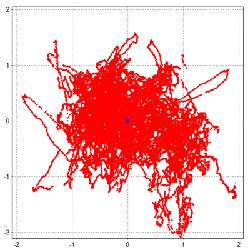
Dynamics
By employing multi-antenna systems, it becomes possible to measure vehicle body attitude parameters. When placed in line down the length of the vehicle roof, a dual antenna setup can be used to capture slip angle and pitch; when placed across the width of the roof it can record roll.
This works by configuring the VBOX with the antenna separation distances, and with an RTK lock operating between them, a very accurate angle measurement is produced, achieved by comparing the heading taken from the primary antenna against the relative position of the others.
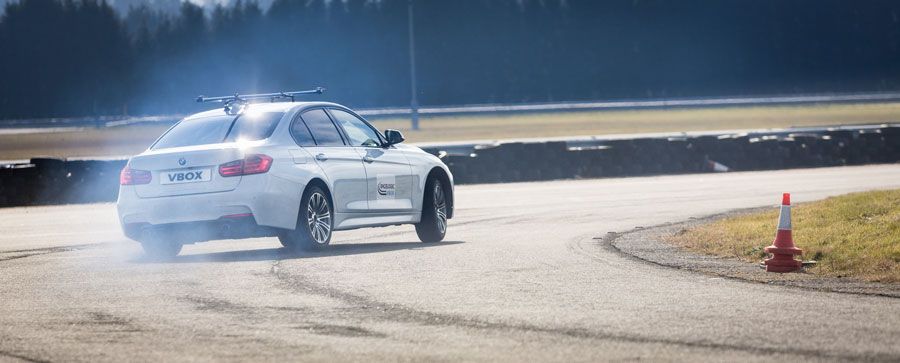
You might also be interested in ...

Increased Accuracy with RTK


